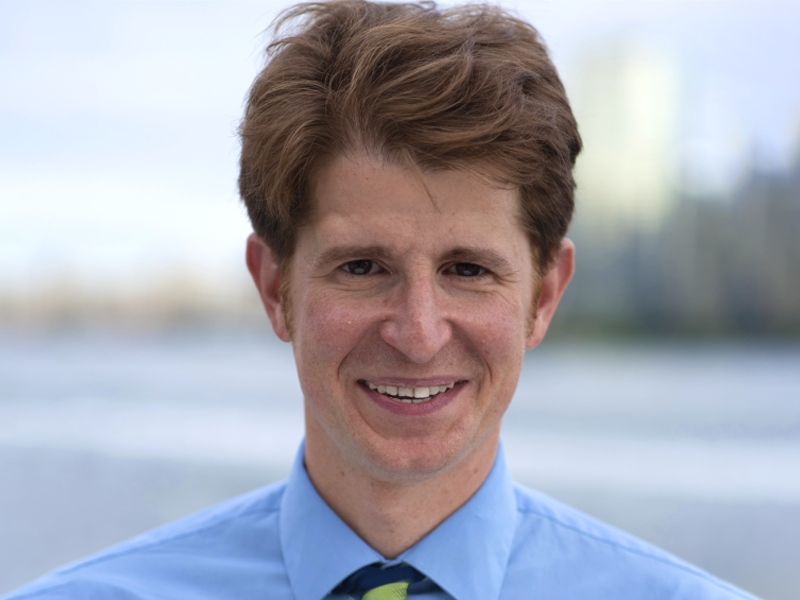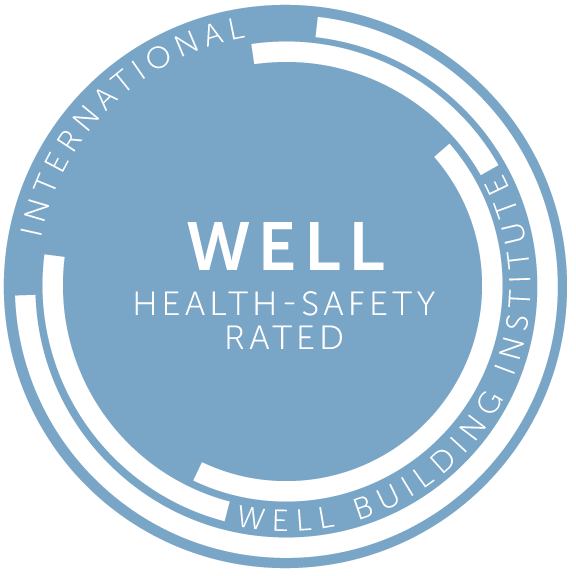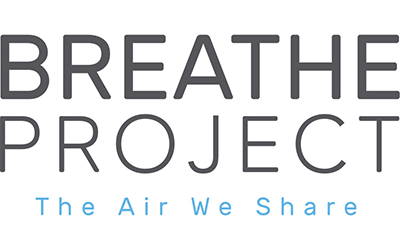Food Contaminants and Additives: Emerging Concerns and Opportunities for Behavioral and Policy Intervention
Leonardo Trasande, M.D., M.P.P. | Professor and Vice Chair, Department of Pediatrics, NYU School of Medicine
Watch This Presentation:
Dr. Leonardo Trasande, professor at NYU School of Medicine, discussed the chemicals disguised as food additives and the effects they have on child health in his presentation entitled "Food Contaminants and Additives: Emerging Concerns and Opportunities for Behavioral and Policy Intervention"
Dr. Trasande is a member of the American Academy of Pediatrics (AAP), a group of pediatricians committed to the optimal physical, mental and social health and well-being for all infants, children, adolescents and young adults. The AAP's Council on Environmental Health is specifically concerned with children's environmental health and toxic exposures. Their technical report on food additives and child health reviewed evidence of harm to child health from food additives, both direct and indirect.
"The goal of our report was to focus on two categories of chemicals, that are direct food additives, or things that are intentionally added to food for flavoring and a variety of other uses," said Dr. Trasande. "And then there are indirect food additives, things that inadvertently contaminate the food supply. We were focusing particularly on the chemicals with the greatest evidence, both for human exposure as well as their use in food packaging."
Chemicals that are added to food act as endocrine disruptors, scrambling chemicals in our body and getting in the way of how hormones normally function. Direct food additives are intentionally added to food, and include artificial food colorings and preservatives. These can be carcinogens and potentially cause neurobehavioral issues. Indirect food additives are harder to spot, as they are not intentionally added to foods but reasonably expected to be a part of food. Dr. Trasande pointed out that these can be in our everyday items such as chemicals in aluminum cans, plastic food wrap, grease-proof paper and food packaging. The risks of consuming these chemicals include a slowing immune system and thyroid hormone disruption, as well as contributing to water contamination.
What little we know about chemicals that are added to foods is suggesting that we have missing data for nearly all reproductive toxicology.
The most dangerous thing about food additives is that many of them have not been tested. "While there are limited studies suggesting cause for concern," said Dr. Trasande, "that is because of a series of loopholes that actually does not necessarily let us know what chemicals are in these foods to begin with. There is a ‘generally recognized as safe' loophole that poses as a substantial problem." Additives that are "generally recognized as safe," or GRAS, are not required to be reported to the FDA, but can also be self-designated by manufacturers. The FDA and Congress have to work to change these guidelines and policies. They have banned BPA, an indirect additive, in baby bottles and sippy cups, but not in food uses.
Thankfully, there are measures pediatricians recommend to keep yourself and your children safe. You can prioritize fresh fruits and vegetables in your home, and avoid processed meats during pregnancy. To avoid contamination from plastics, avoid microwaving food in plastics and putting plastics in the dishwasher. And as always, wash your hands before handling food.
Additional Resources:

About the Speaker
Leonardo Trasande, M.D., M.P.P. is Jim G. Hendrick, M.D. Professor, vice chair for research in the Department of Pediatrics, and Chief of the Division of Environmental Pediatrics at NYU School of Medicine. He also directs the NYU Center for the Investigation of Environmental Hazards. His research focuses on organic contaminants as endocrine disruptors. Dr. Trasande leads one of 35 centers across the country as part of the National Institute of Health’s Environmental Influences on Child Health Outcomes (ECHO) program. He is P.I. of studies on preconceptual, prenatal and childhood phthalate and bisphenol exposures in the Rotterdam-based Generation R cohort as well as another project studying the effect of these dietary contaminants in children with chronic kidney disease. He is also Principal Investigator for a research project comparing neurodevelopment, cardiometabolic and respiratory profiles of children exposed in utero to the World Trade Center disaster to a comparison group (U01OH011299). He has served as a member of numerous scientific committees and expert panels, including: the American Academy of Pediatrics’ Executive Committee of the Council for Environmental Health; the Science and Technical Advisory Committee for the World Trade Center Health Program; the National Children’s Study Methodological Review Panel of the National Academy of Sciences; the United Nations Environment Programme Steering Committee on a Global Outlook for Chemicals; and the Board of Scientific Counselors for the National Center for Environmental Health at the Centers for Disease Control and Prevention (CDC).




